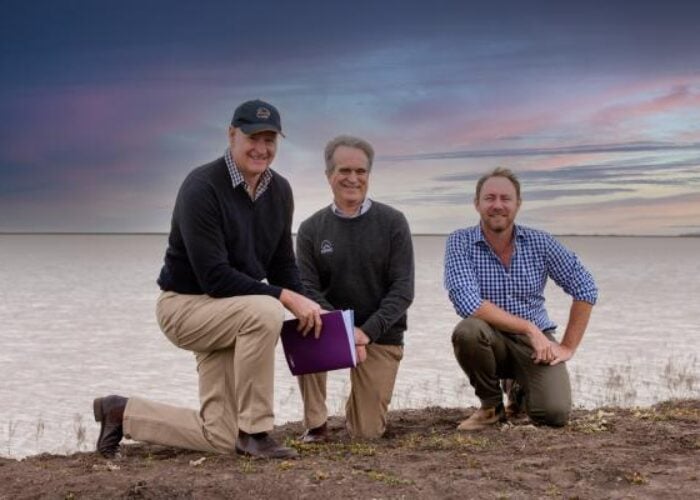
The New South Wales government is set to implement the first target in Australia for the uptake of solar PV and battery energy storage by households and businesses, via its newly launched Consumer Energy Strategy.
The government aims to ensure one million households and small businesses have access to a rooftop solar and battery system by 2035, rising to nearly 1.5 million by 2050.
Unlock unlimited access for 12 whole months of distinctive global analysis
Photovoltaics International is now included.
- Regular insight and analysis of the industry’s biggest developments
- In-depth interviews with the industry’s leading figures
- Unlimited digital access to the PV Tech Power journal catalogue
- Unlimited digital access to the Photovoltaics International journal catalogue
- Access to more than 1,000 technical papers
- Discounts on Solar Media’s portfolio of events, in-person and virtual
New South Wales’ target will be implemented as part of the broader Consumer Energy Strategy, which aims to support households and small businesses in accessing solar PV, battery energy storage and other energy-saving technologies.
Revealed today (16 September), the state government will provide AUS$290 million (US$194 million) in funding to support the initiative, outlining 50 actions that can scale sustainable technologies for smaller energy users.
Specifically, the funding will be allocated to the government’s Home Energy Saver programme, granting eligible households financial support to adopt these technologies through an incentive and rebate system. The New South Wales government said this programme will launch in the second half of 2025.
Chris Minns, premier of New South Wales, said the programme aims to tackle grid reliability while reducing carbon emissions across the state.
“There are many houses across the state that are too hot in summer, too cold in winter, and as a result, energy prices and costs for the household skyrocket. Through the strategy, we are making it easier for households and small businesses to access the cost-saving benefits of solar PV modules, batteries and heat pumps while they reduce their emissions,” Minns said.
Another key aspect of the strategy is that the New South Wales government has now committed to enabling virtual power plants (VPPs) to actively participate in the National Electricity Market (NEM), previously proposed by the Australian Electricity Market Operator (AEMO) in July 2024.
Under the draft determination, AEMO outlined its intention to allow aggregated consumer energy resources (CERs), often defined as small-scale generation units such as battery energy storage units and solar PV, as well as other price-responsive small resources, such as backup generators, to enable consumers or parties to respond to spot prices on the NEM.
The Consumer Energy Strategy is complemented by AUS$435.4 million allocated for annual energy bill rebates and debt relief. Additionally, there is AUS$200 million designated to support the installation of public electric vehicle (EV) charging stations, and AUS$175 million allocated for energy efficiency upgrades for 24,000 social housing homes.







